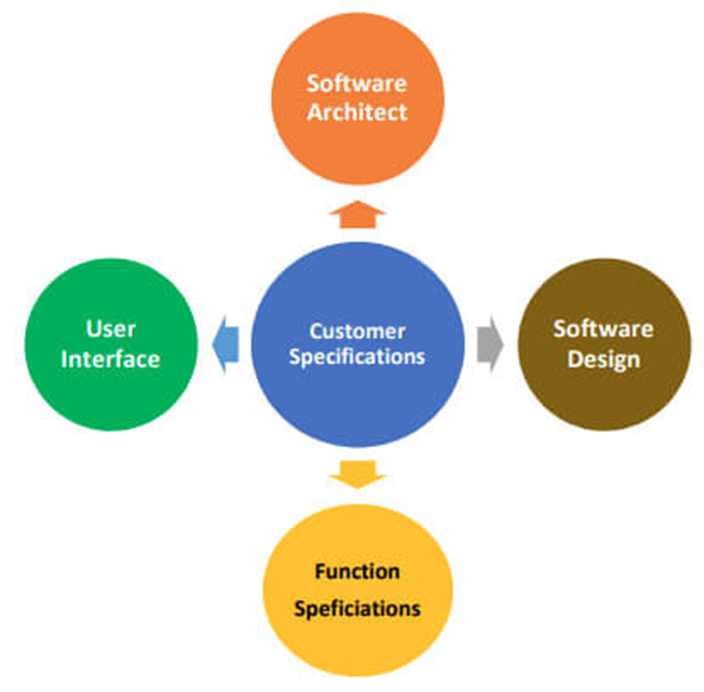What are the different ceremonies in an agile team?
Agile ceremonies are just meetings with defined lengths, frequencies, and goals. Each ceremony is different, but they work together towards achieving the same overall purpose: to help project teams plan, track, and engage stakeholders with their work. Put most simply, Agile ceremonies are the meetings or events that take place during a Scrum Sprint.
Why are
Agile ceremonies important?
Each Agile
ceremony is there to help you adapt to change. When using Sprints, and planning
and executing work in smaller portions over shorter timeframes, the ceremonies
help you and your teams to shift direction when needed.
Ceremonies
are essential to successfully adopting and practicing Agile. They help to
accelerate product development, increase productivity, and often help to
improve the communication and alignment between development teams, IT, and the
wider business.
What are Agile
ceremonies?
1.
Sprint planning
The Sprint planning ceremony establishes the desired outcome for
the upcoming Sprint, which backlog items to work on, and how to achieve them.
These take place at the beginning of each Sprint.
The Product Owner talks with the business ahead of the
Sprint planning meeting to get any relevant feedback. They are also responsible
for updating the product backlog for the meeting. This Sprint backlog is a list
of tasks or product features to be delivered during the Sprint.
The product team then seeks to balance the needs of the business
with the capacity of the team when agreeing on which backlog items to
prioritize during the upcoming Sprint. Once agreed, each team member knows
exactly what they’re working on during the Sprint.
Typically, these planning meetings last up to eight hours per
meeting.
2.
Daily Stand-Up
The daily stand-up, or Scrum, is a daily meeting during
which team members provide brief updates on what they’ve completed over the
previous 24 hours. They also discuss what they plan to work on next and any
actual or potential obstacles that are in the way.
Many project teams include a Scrum Master, who will lead the
meetings and make notes of any potential obstacles, as one of their key roles
is to remove roadblocks. These meetings are called stand-ups to encourage
people to stand and keep the meetings short. Around fifteen minutes is
generally recommended as the optimum time for most stand-up meetings.
3.
Sprint Review
The Sprint review meeting is when the project team showcases
what they’ve achieved during the Sprint to key business stakeholders. The
Product Owner facilitates the review and seeks feedback from the business on
progress-to-date and what items need to be prioritized next.
These reviews typically last up to an hour per week of the
Sprint – for example, a two-hour meeting for a two-week Sprint.
4.
Sprint Retrospective
A Sprint retrospective is an excellent tool for helping to
ensure your teams get the most out of Agile software development. Because Agile
stresses the importance of continuous improvement, having a regular retrospective
is one of the most important Agile development practices.
A Sprint retrospective is a meeting held at the end of the
Sprint. During this meeting, the team reflects on what happened during the
Sprint and identifies actions for improvement by asking the following specific
questions:
- What worked well for us? / What did we
do well?
- What did not work well for us? / What
could we do better?
- What actions could we take to improve
our process going forward?
Reference:
https://teamhood.com/agile/agile-ceremonies/

Comments
Post a Comment